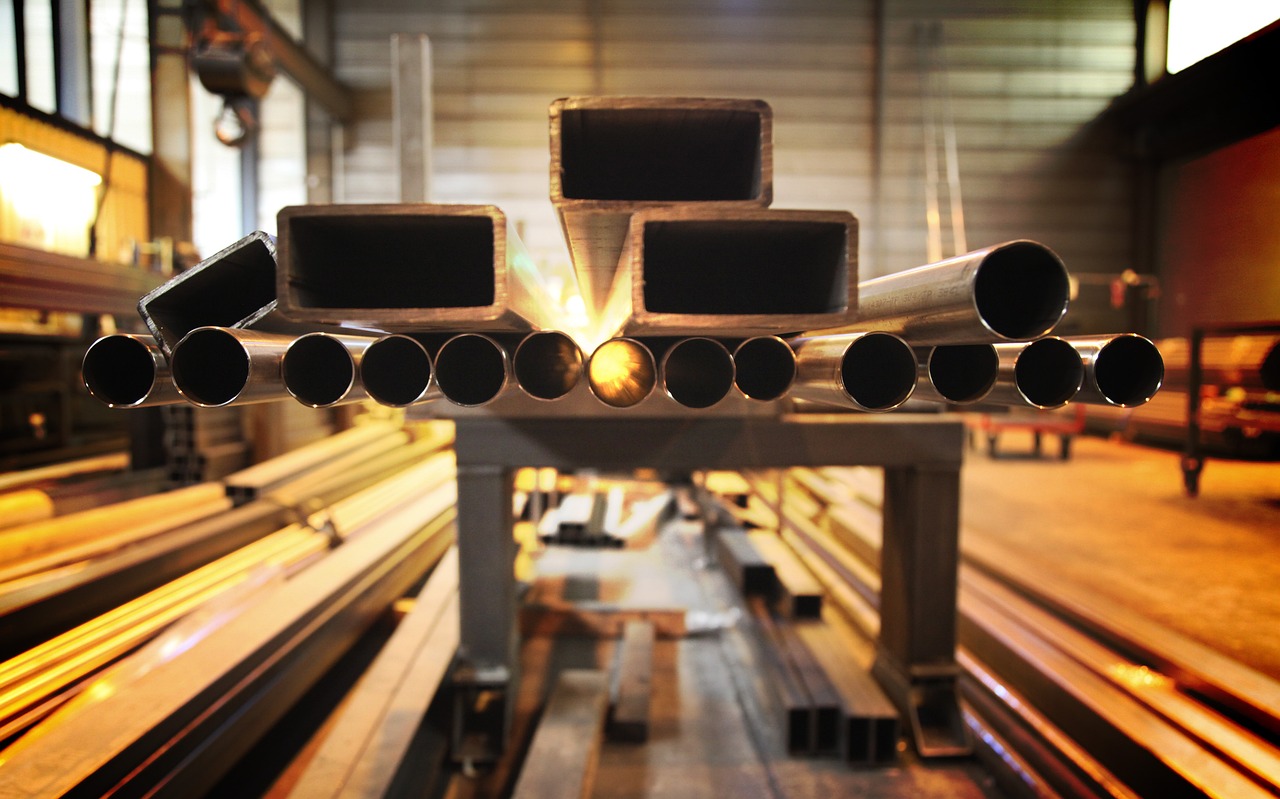“열전도”는 영어로 “Thermal conduction”으로 번역됩니다. 이는 열이 물체 내에서 또는 물체 간에 직접적으로 이동하는 과정을 의미합니다.
“열전도”를 영어로 표현하는 방법
- Thermal conduction (열전도)
- Conductive heat transfer (전도 열 전달)
- Conductor (전도체)
1. Thermal conduction
“Thermal conduction”은 열이 물질을 통해 전달되는 방식에 대해 설명합니다.
- Thermal conduction occurs when heat flows from a hotter object to a cooler one. (열전도는 더 뜨거운 물체에서 더 차가운 물체로 열이 흐를 때 발생합니다.)
- The rate of thermal conduction depends on the material’s properties, such as thermal conductivity. (열전도의 속도는 재료의 열전도율과 같은 특성에 따라 다릅니다.)
- Metals are typically good conductors of heat due to their atomic structure. (금속은 원자 구조 때문에 일반적으로 열의 좋은 전도체입니다.)
2. Conductive heat transfer
“Conductive heat transfer”는 열전도를 통한 열의 이동을 구체적으로 설명합니다.
- Conductive heat transfer is important in applications such as cooking and heating systems. (전도 열 전달은 요리 및 난방 시스템과 같은 응용 분야에서 중요합니다.)
- Insulating materials are used to reduce conductive heat transfer in buildings. (절연재는 건물에서 전도 열 전달을 줄이는 데 사용됩니다.)
- Understanding conductive heat transfer is essential for designing efficient thermal systems. (전도 열 전달을 이해하는 것은 효율적인 열 시스템 설계를 위해 필수적입니다.)
3. Conductor
“Conductor”는 열을 잘 전달하는 물질을 의미합니다.
- Metals like copper and aluminum are excellent conductors of heat. (구리와 알루미늄과 같은 금속은 열의 훌륭한 전도체입니다.)
- Poor conductors, known as insulators, help retain heat in various applications. (열전도가 낮은 절연체는 다양한 응용 분야에서 열을 보존하는 데 도움을 줍니다.)
- The choice of conductor material can significantly affect the efficiency of heat transfer. (전도체 재료의 선택은 열 전달 효율성에 큰 영향을 미칠 수 있습니다.)
“열전도”는 영어로 “Thermal conduction”으로 표현되며, 열의 이동과 관련된 중요한 물리적 현상을 설명합니다.













Leave a Reply